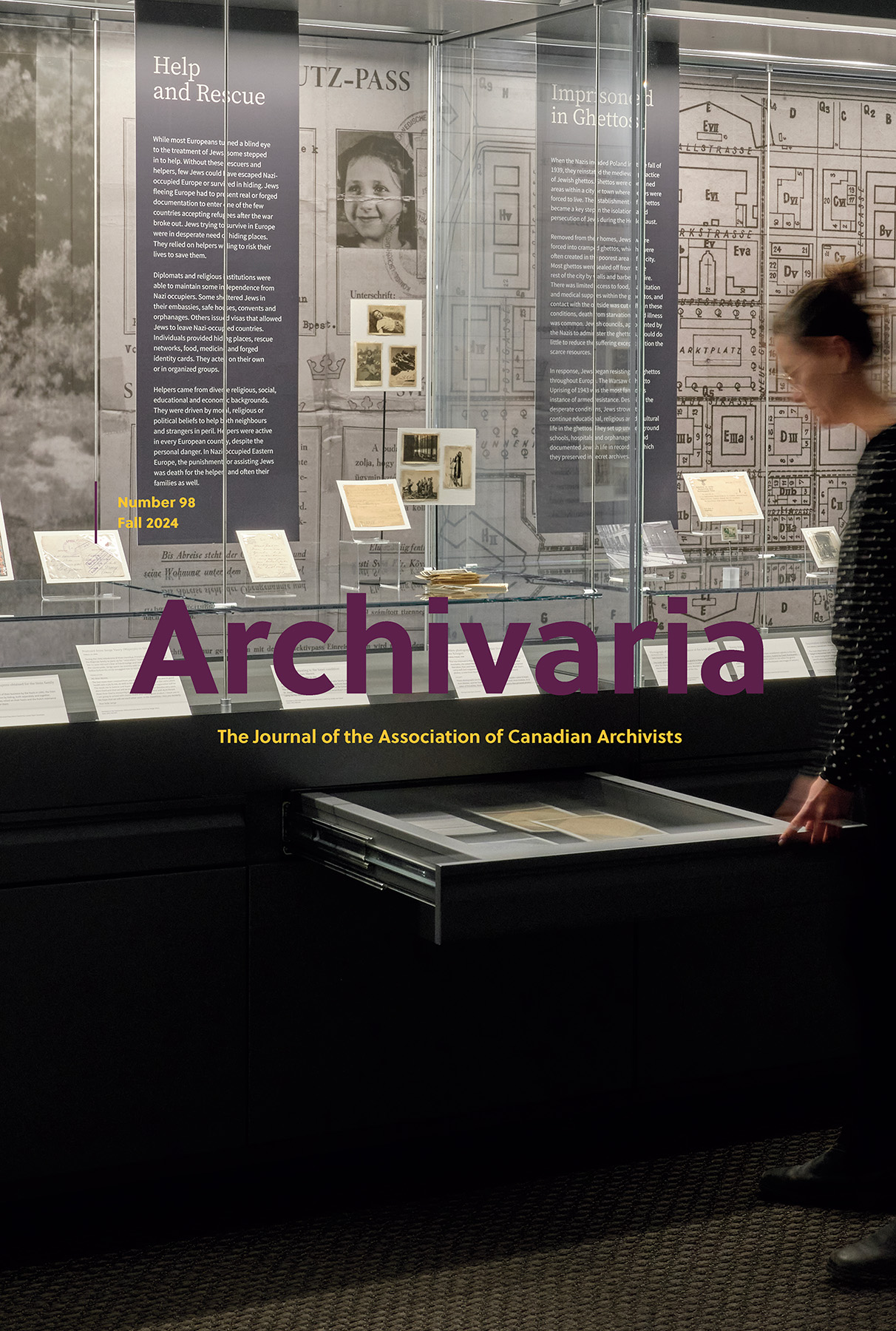As a discipline concerned with the ancient past, archaeology is in the rare league of endeavours that require destruction to facilitate reconstruction: a site must be excavated – read, variously destroyed – in order for us to understand its formation and occupation history. As such, there is only one opportunity to undertake an excavation; once the components are removed, they cannot be re-excavated. This also goes for recording a site. In the moment of excavation, archaeologists are tasked with making as much sense as possible of the details in front of them – details that may change or be open to alternative interpretations as years go by. As such, archaeology is also a discipline in which detailed recording of each step, each context, each day’s work is of paramount importance. Yet such data are rarely utilized after their initial collection and realization through site-excavation publication. It is on this juncture that Olympia Bobou, Amy C. Miranda, and Rubina Raja focus as editors of this volume and key proponents in the advancement of the emerging subfield of archival archaeology. The present volume develops the archival archaeological discourse that originated with the 2021 conference session Archive Archaeology and Cultural Heritage: Documentation in Conflict Zones, at the Archaeological Institute of America annual meeting. It is the grey literature of daily notebooks, voluminous amounts of archival photographs, and documentation as part of routine site excavations that lie at the core of the present volume. The “archival turn” of seeing archives as zones of further engagement and not simply neutral curation facilities has been late in arriving to archaeology, but as this volume demonstrates, the field is rife with potential for further interrogation among legacy archival materials. So often within archaeology, if physical excavations are not to be undertaken, research funding is limited. Archival Historiographies, the third instalment in the Archive Archaeology series, implicitly seeks to challenge this tacit norm by demonstrating that archival research is also a valid form of archaeological research. Contributions to this volume focus on the Mediterranean and Near East, particularly the Syrian sites of Palmyra (chapters 6–9) and Dura-Europos (chapters 3–4 and 11), as well as Knossos in Greece (chapter 2), Gerasa in Jordan (chapter 5), and contexts in Turkey (chapter 10); these appear along with theorization around data curation and digitization (chapter 4) and a rhetorical consideration of archives as sites of curation and contestation (chapter 11). While the scope of coverage is narrow, the intention of this volume is not encyclopedic; instead, contributions engage with specific contexts to demonstrate what archival archaeological approaches can contribute and how these methods can be further developed. Such discourse development meaningfully addresses grey literature engagement; methodological approaches to documentation of sites in zones of conflict; and avenues for integrating analog source materials into digitally accessible media, namely through open-access and interoperable formats such as .csv. Beyond best practices, the sotto voce push for further digital integration is also a focus on global accessibility, recognizing that it is often challenging and expensive for global researchers to access physical archives. One area of engagement evident throughout this volume revolves around interrogations of “what was interesting” – which is to say, “What, of all the countless aspects of any given archaeological excavation, did archaeologists choose to focus their attention on?” Palmyrene funerary portraiture and the synagogue scene from Dura-Europos serve as excellent examples within this volume. The examination of “areas of priority” allows for historiographically oriented reconstructions of broader cultural views on the past and deeper insights into the legacy of archaeological knowledge. The blurring of boundaries between excavators’ interests and the data we …
Archival Historiographies: The Impact of Twentieth-Century Legacy Data on Archaeological Investigations. Olympia Bobou, Amy C. Miranda, and Rubina Raja, eds. Turnhout, Belgium: Brepols, 2022. xii, 180 pp. 9782503600185
…plus d’informations
Robert J. Stark
University of Waterloo
L’accès à cet article est réservé aux abonnés. Seuls les 600 premiers mots du texte seront affichés.
Options d’accès :
via un accès institutionnel. Si vous êtes membre de l’une des 1200 bibliothèques abonnées ou partenaires d’Érudit (bibliothèques universitaires et collégiales, bibliothèques publiques, centres de recherche, etc.), vous pouvez vous connecter au portail de ressources numériques de votre bibliothèque. Si votre institution n’est pas abonnée, vous pouvez lui faire part de votre intérêt pour Érudit et cette revue en cliquant sur le bouton “Options d’accès”.
via un accès individuel. Certaines revues proposent un abonnement individuel numérique. Connectez-vous si vous possédez déjà un abonnement, ou cliquez sur le bouton “Options d’accès” pour obtenir plus d’informations sur l’abonnement individuel.
Dans le cadre de l’engagement d’Érudit en faveur du libre accès, seuls les derniers numéros de cette revue sont sous restriction. L’ensemble des numéros antérieurs est consultable librement sur la plateforme.
Options d’accès

